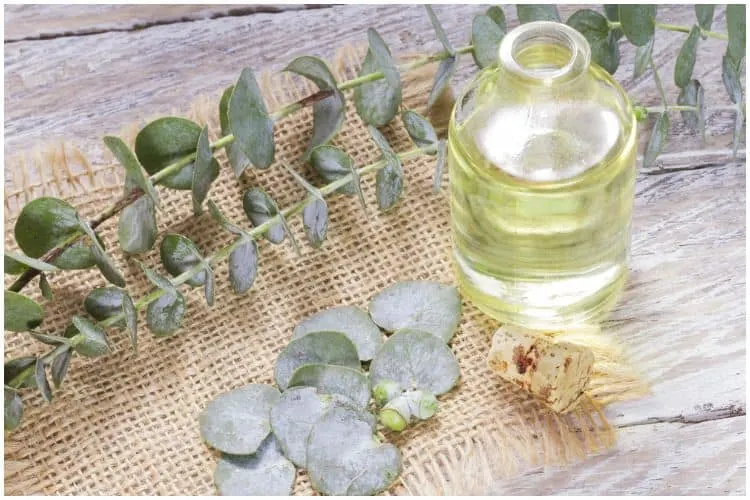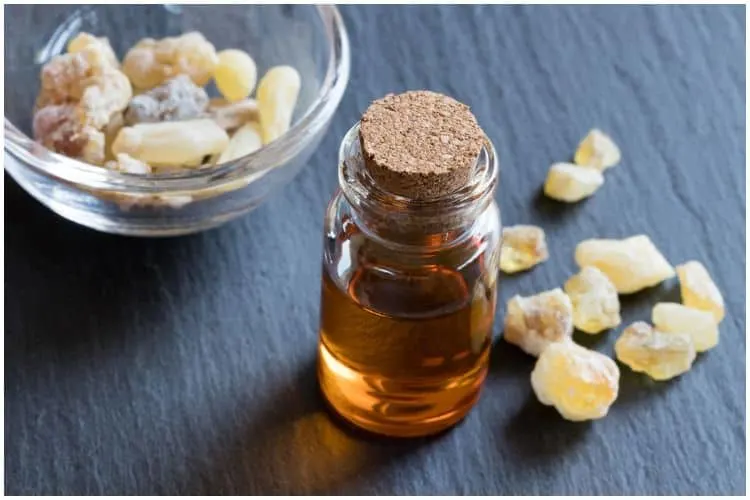Lichen sclerosus is a skin condition in which thin white crinkly patches emerge on the skin.
This disorder usually affects the area around the genitals and anus, however, it can rarely be found in other areas of the body as well.
Causes
The cause of the condition is not clear, but doctors suspect that a number of factors may be involved, such as:
- infections;
- disorders of the immune system;
- genetic factors (around 15 percent of patients know of a family member with the condition).
Risk Factors
Common risk factors include:
- patients usually have a family history of autoimmune conditions, like – pernicious anemia, thyroid disease, or alopecia areata;
- it may follow or co-exist with another skin condition, most often psoriasis, lichen simplex, vitiligo, erosive lichen planus, or morphea;
- chronic inflammation;
- it is 10 times more common in women than in men.
Symptoms
Common symptoms may include:
- satellite patches of white skin in other areas of the body, that rarely cause signs or symptoms;
- scarring of vulvar tissue can occur over time if there is no treatment;
- itching is a common early symptom;
- the thin, inflamed skin can tear with any stretching;
- skin becomes more fragile, commonly with a white crinkled texture which causes pain in the anus and genital area.
Diagnosis
The diagnosis can commonly be made from the typical appearance of the condition.
But, it can look a bit like lichen planus and vitiligo.
To rule out squamous cell carcinoma, healthcare providers may also do a biopsy of any thickened skin.
Treatment
There is no cure or way to get rid of the condition completely. But, there are methods to reduce or lessen the symptoms, such as:
- cortisone creams;
- surgical removal of affected skin layers may be beneficial for some patients.
List Of 11 Essential Oils For Lichen Sclerosus:
1) Calendula
Calendula is a plant which has been used for hundreds of years for ornamental purposes, as well as cosmetic, culinary, and medicinal reasons.
The main constitutes of calendula oil are – triterpenic alcohol, saponosene, and flavonoids. In addition, linoleic acid is also found in high concentrations.
This essential oil has been found to have potent anti-inflammatory properties due to its content of flavonoids.
The antimicrobial and antiseptic action of the calendula essential oil helps speed up healing of minor cuts and wounds as well as it may help improve the symptoms of lichen sclerosus.
2) Comfrey
Comfrey essential oil is produced from comfrey (scientific name – Symphytum officinale), a herb of the Boraginaceae family.
Health benefits of comfrey oil include:
- strengthens bones;
- promotes growth;
- boosts the immune system;
- reduces inflammation and pain.
Tip – in order to avoid bioaccumulation, this oil should only be used topically up to 10 consecutive days.
3) Frankincense
The health benefits of frankincense oil can be attributed to its properties as:
- uterine;
- tonic;
- sedative;
- expectorant;
- emmenagogue;
- diuretic;
- digestive;
- antiseptic;
- cicatrizant;
- carminative;
- astringent;
- disinfectant.
It can inhibit the production of essential inflammatory molecules linked to conditions such as – asthma, arthritis, skin issues, or irritable bowel syndrome.
4) Aloe Vera
Aloe vera essential oil is high in vitamin A, vitamin C, vitamin E, and B-complex vitamins as well as minerals, like – selenium, zinc, calcium, and magnesium.
This essential oil shares the same health properties as the aloe vera plant: strong antibacterial, anti-viral, anti-inflammatory, antioxidant, antifungal, and astringent properties.
Moreover, aloe vera essential oil can cure capillary dilation, thus keeping your skin beautiful.
Also, it lowers the formation of scars and stimulates the process of wound healing.
5) Castor
It is made by pressing the seeds of the castor plant (scientific name – Ricinus communis) and is increasingly becoming important in various soaps, textiles, cosmetics, massage oils, and medicines.
As a matter of fact, it is known to be used in over 700 cosmetic products, as per a report published in the International Journal of Toxicology.
Applying this essential oil to wounds creates a moist environment that prevents sores from drying out and promotes healing.
Its beneficial properties are due to its content of various compounds, such as:
- ricinoleic acid;
- linoleic acid;
- oleic acid;
- stearic acid.
6) Eucalyptus
It is distilled from the Australian native Eucalyptus globulus tree and contains 1,8-cineole and α-pinene.
This oil can be taken orally for inflammation and pain of respiratory tract mucous membranes, and it is used as an antiseptic and treatment option for burns, wounds, and other skin problems.
Note – because of its amazing anti-inflammatory benefits, it works well in massage blends.
7) Witch Hazel
Witch hazel oil is an extract of the North American witch-hazel tree (scientific name – Hamamelis virginiana), a type of plant native to North America and a member of the Hamamelidaceae plant family.
Due to its anti-inflammatory and antioxidant properties, it is effective as a free radical scavenger, meaning it helps protect against tumor growth and DNA damage.
It can also be used for the treatment of lichen sclerosus.
Note – apply witch hazel essential oil with a cotton ball to reduce irritation and appearance of any type of skin condition.
8) Lemongrass
The health benefits of lemongrass oil can be attributed to its properties as an:
- tonic;
- sedative;
- analgesic;
- nervine;
- insecticidal;
- antidepressant;
- galactagogue;
- antimicrobial;
- fungicidal;
- antipyretic;
- febrifuge;
- antiseptic;
- diuretic;
- astringent
- deodorant;
- carminative;
- bactericidal.
Lemongrass oil is used to relieve muscle pain, ward off insects, as well as it helps to reduce chronic inflammation levels.
9) Red Clover
Red clover is a member of the Leguminosae family, also known as the pea, legume, or bean family.
The most important substances in red clover essential oil include:
- fatty acids;
- sitosterol;
- flavonoids;
- phenolic acids;
- resins;
- coumarins;
- isoflavones.
According to studies, red clover’s isoflavones are beneficial for helping to lower inflammatory skin conditions, such as eczema, psoriasis, lichen sclerosus, and various rashes. In addition, topical application of red clover oil can help heal wounds faster.
10) Lavender
The lavender plant is known for its fragrant scent, which has been used in perfumes for centuries. Lavender oil is produced mostly from the flowers of the lavender plant, mainly through steam distillation.
Benefits of lavender oil include the following:
- alleviates headaches;
- reduces anxiety and emotional stress;
- relieves pain;
- protects against diabetes symptoms;
- slows aging due to its powerful antioxidants;
- improves brain function;
- reduces inflammation;
- reduces acne;
- restores skin complexion;
- improves sleep;
- helps to heal burns and wounds.
11) Coconut
The main chemical constituents of coconut oil are:
- medium-chain triglycerides;
- polyphenols;
- oleic acid;
- linoleic acid;
- caprylic acid;
- capric acid;
- lauric acid.
Benefits of coconut oil include:
- improves Alzheimer’s;
- balances hormones;
- burns fat;
- kills candida;
- lowers LDL cholesterol;
- reduces inflammation levels in the body;
- increases HDL;
- improves energy levels;
- balances blood sugar;
- decreases wrinkles and age spots;
- reduces cellulite;
- moisturizes skin;
- improves digestion.
Note – research also suggests that it can soothe eczema and relieve itching when you apply it to affected areas.
Images source – Shutterstock
ALSO READ: Hydrogen Peroxide vs Rubbing Alcohol
References https://www.ncbi.nlm.nih.gov/pmc/articles/PMC4904529/ https://bmcwomenshealth.biomedcentral.com/articles/10.1186/s12905-017-0414- https://journals.lww.com/jlgtd/Fulltext/2018/01000/Development_of_the_Adult https://www.sciencedirect.com/science/article/pii/S0190962288702017

